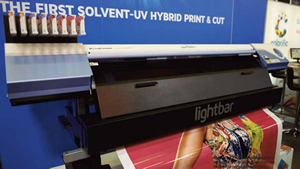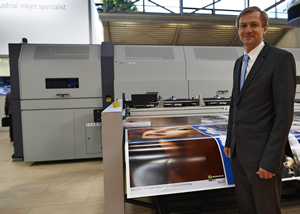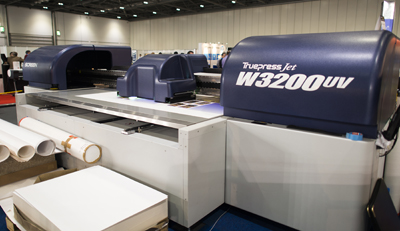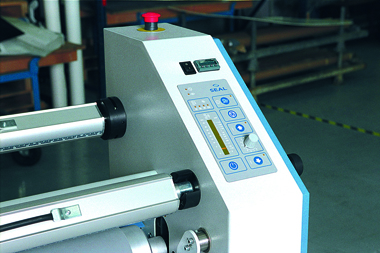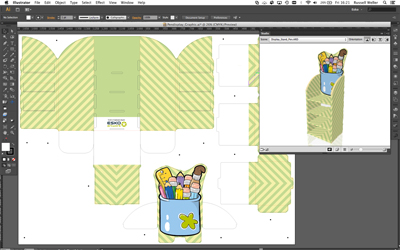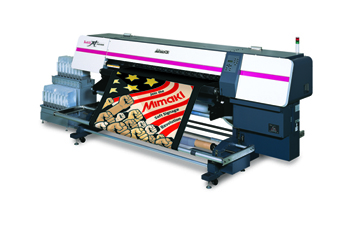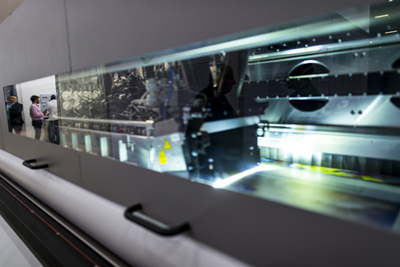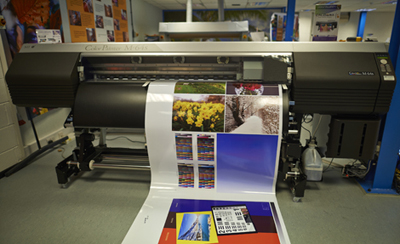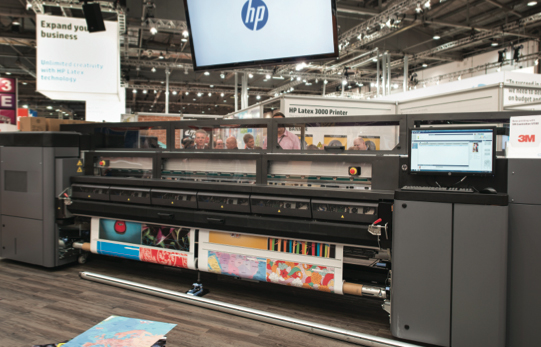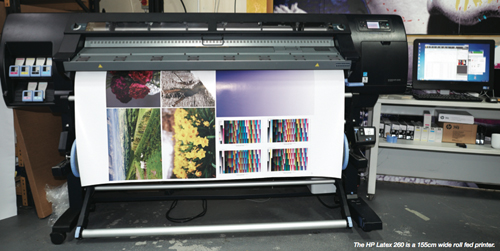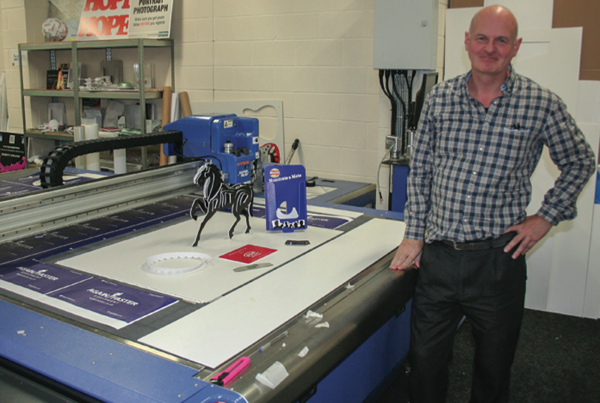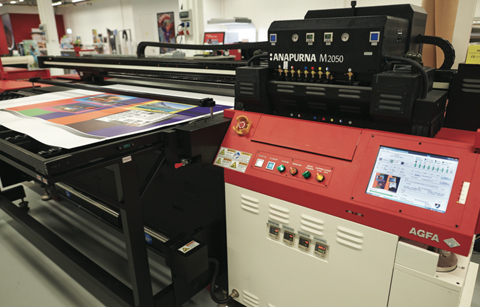The two most common ink technologies in use in wide-format today are solvent, which continues to offer good performance at low cost, and UV-curable, which will work with a wide range of media and can print direct to board. But now we are seeing a new type of ink emerge that combines the best of both of these ink technologies. The new inks are a hybrid technology with both solvent and UV-curable components. Essentially, the solvent is used in very small quantities to soften and key the media surface so that the pigments can penetrate into the media. The UV element then immediately cures the inks so that they are ready for immediate use, with no waiting around for the prints to out-gas. These type of inks typically have a bright colour gamut and a lower film thickness than with UV-curable inks.


